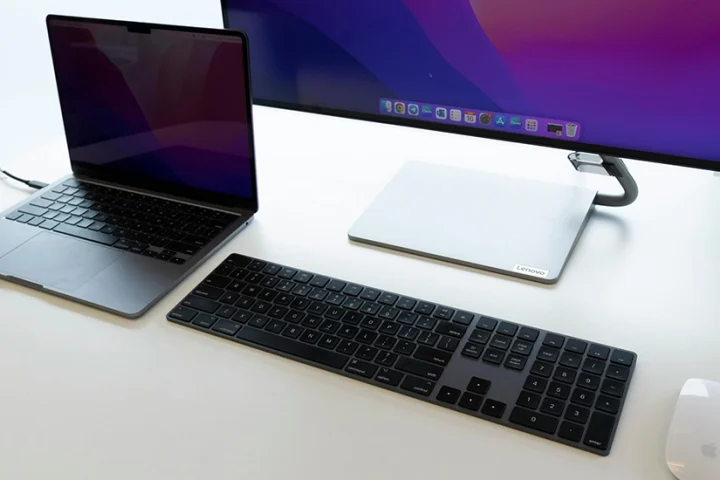Many of the financial business implications of Covid-19 will be felt in the IT department, according to Gartner. CIOs should take eight actions to protect or quarantine their IT organisations’ cash flow during the coronavirus pandemic. Survival, not growth, will be the priority for executives in 2020. Survival will depend on maintaining cash flows and income while continuing to be innovative with technology, according to Stewart Buchanan, Research Vice President at Gartner. Organisations that fail to act may not survive this disruption or will have their subsequent recovery delayed.
The eight action items for CIOs to take include:
Place nonessential spend on hold
CIOs should immediately establish what aspects of their current spend can be deferred, eliminated or altered. Attention should be focused on spend that is not yet incurred or committed and is nonessential/discretionary and variable in nature.
Anticipate spend increases
Many organisations and industries that are largely office-based use desktops and fixed office networks and infrastructures. To move the office to remote work, spending increases might come in the form of obtaining and funding laptops, monitors and mobile devices, increased software, VPN and hardware costs and consumption-based communications costs, both voice and data.
Buchanan notes that CIOs must anticipate and plan for the increased costs, which in many organisations will be felt in the IT budget. CIOs need to communicate this with business leaders and their CFO to ensure that the costs can be met, as well as the spend can be reduced where possible. For example, if offices or work locations are partially or completely vacated, can enterprise or office-based utilities, communications/access, infrastructure and services be suspended or deferred? CIOs should carefully consider their cost base and cost categories to anticipate both what increases, and what can decrease, with some action.
Reduce current spend rates
CIOs must work with the business to reprioritise requirements and set spending levels that they can afford. Spend and actions should be classified in three groupings:
- Can or must: Identify the vendors/suppliers and payments that can, and therefore must, be ceased, deferred or delayed. CIOs should be wary for buy now, pay later deals which the organisation will not be able to afford in the future.
- Could or should: Identify the vendors/suppliers and payments that could be ceased, deferred or delayed and find the specific spend reduction actions and the associated risk mitigation steps that will be required to execute these actions.
- Can’t or don’t: Identify the payments and vendors that should not be addressed because they are critical to the business. Actively monitor the performance and financial viability of these organisations and consider contingency plans for at-risk vendors.
Evaluate all existing investments
CIOs should immediately review all projects that are already in progress. These projects should be separated into two categories, noncritical and critical projects. Noncritical projects should be immediately halted, while critical projects, necessary for immediate cash flow and ongoing survival of the organisation, should be reviewed to determine what aspects can be reduced.
Defer any new spend
CIOs should defer or cancel all uncommenced spending on projects, staffing, assets or upgrades and release any retained third-party resources, service or infrastructure expenses related to these.
Negotiate consumption down
CIOs should work with business leaders to decide on key changes to operations. Negotiate with the business to terminate services or applications and encourage business users to use less or work in a different way, a way that reduces the variable operating costs, and potentially even the fixed costs, of the business.
Explore alternate financing approaches
CIOs should work with their CFOs to investigate what government or industry financial assistance is available at the federal, state and local level.
Reevaluate all existing spending
Beyond tackling the largely discretionary project portfolio, CIOs should also address the current service portfolio to identify opportunities to provide a lower service level. “CIOs should inspect their organisations’ current consumption levels on all variable operating expenses, for example, cloud services and voice and data communications,” said Buchanan. “On a service-by-service basis, either completely eliminate or take control actions to reduce enterprise-wide consumption levels by restricting or managing supply and renegotiating contract terms as necessary.”
























